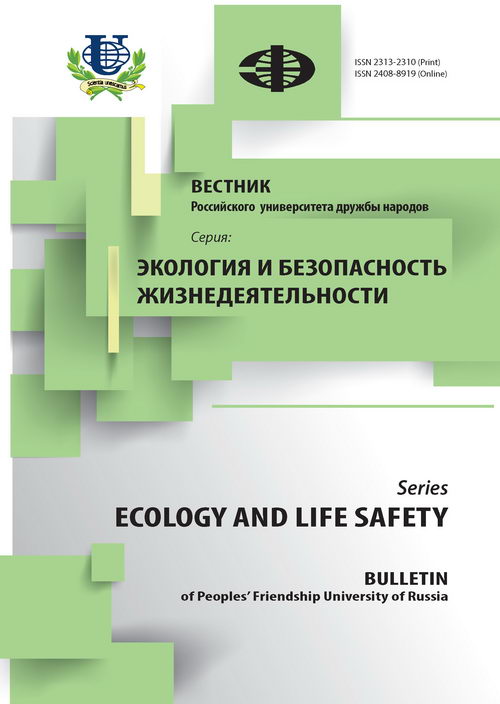CONTACT HEADACHES WITH DIET
- Authors: Tulchin EG1, Sidorov EP2
-
Affiliations:
- Center for Natural Medicine
- NII RGUFK Sports Medicine
- Issue: No 1 (2016)
- Pages: 116-121
- Section: Articles
- URL: https://journals.rudn.ru/ecology/article/view/12895
- ID: 12895
Cite item
Full Text
Abstract
This study examined the results of prime test in people 25 men and 25 women suffering from headaches and 159 men and 261 women who have no headaches. Using discriminant analysis results120Тульчина Е.Г., Сидоров Е.П. Связь головной боли с диетойprime test was able to show that with high accuracy can be divided into two groups of people with headaches and without the headaches (the accuracy of separation of the group was 95.53% for men and for women - 92.31%) . The authors showed that in men 28 products, and for women 23 products contribute to the emergence of headaches, and 25 products reduces the likelihood of their occurrence in men and 26 in women. Thus women and men on the lists of products affecting the occurrence of headaches vary considerably. The authors suggest that the majority of cases, the headache can be attributed to an autoimmune process, for food, while not rejecting the views of other causes. Men headaches cause the following products: horseradish, formaldehyde, blueberries, blackberries, potatoes, cucumbers, dill, mandarin, marjoram (oregano), pineapple, tobacco, peas, oil, oysters, pomegranates, peanuts, walnuts, mint, paprika, beans, mold, cheese (cow’s milk), nectarines, zucchini, tomatoes, chilli pepper, herring, salmon, peaches. Women - avocado, currants, papaya, tuna, peas, rapeseed oil, goose, beans, oil, mango, yeast, cheese (cow’s milk), catfish, lentils, flounder, salmon, salad, squid, tobacco, cauliflower, fennel , honey, plum.
References
Supplementary files















